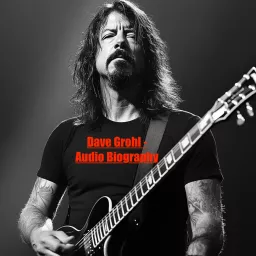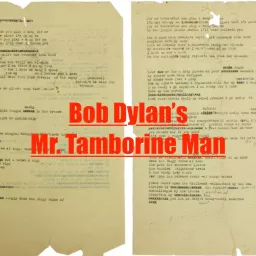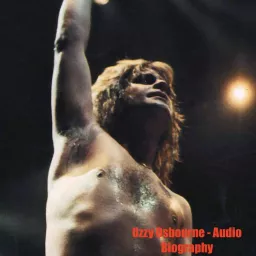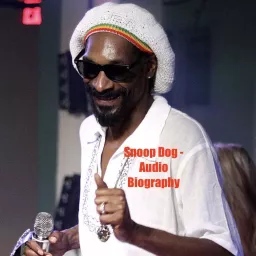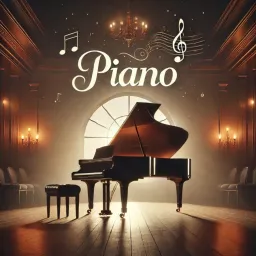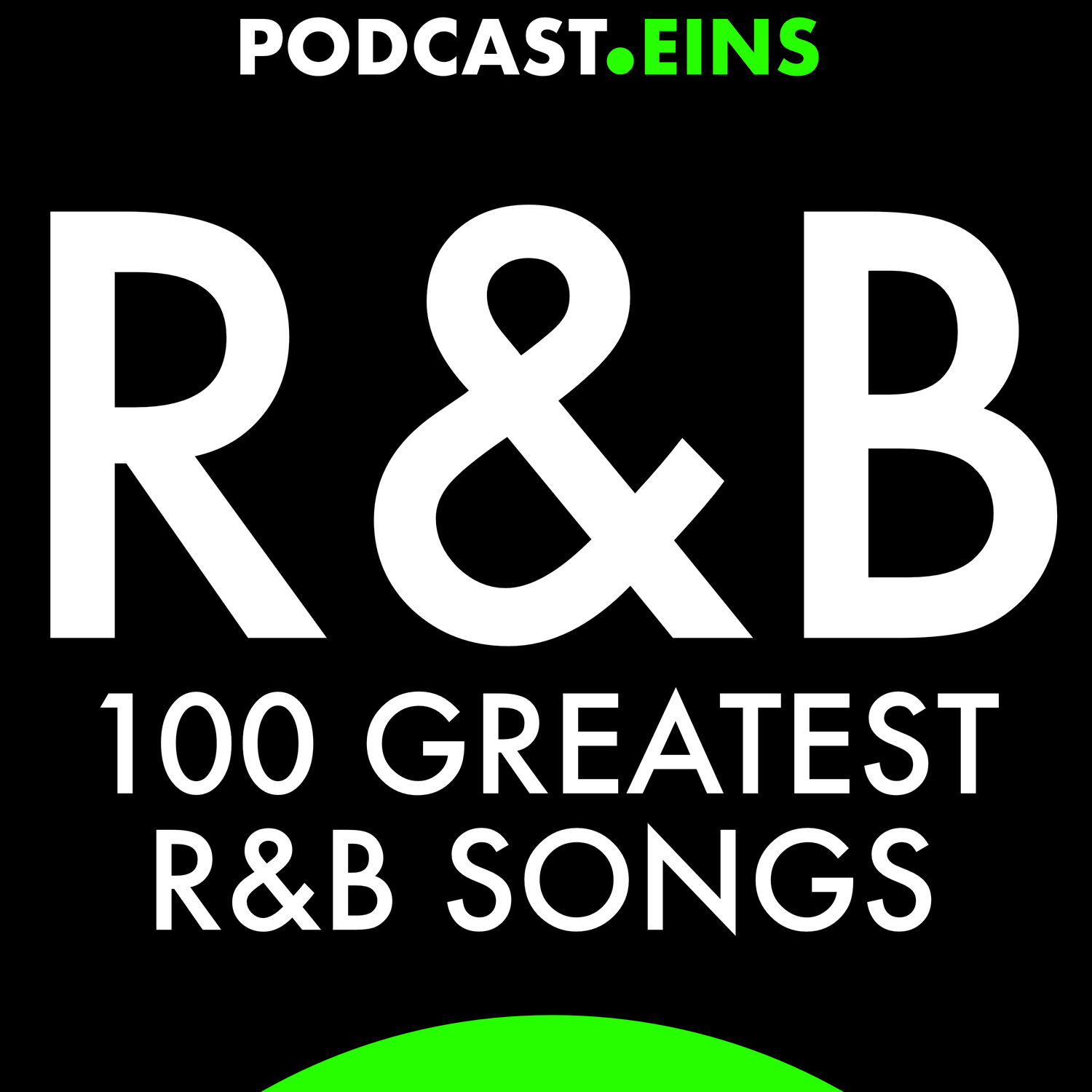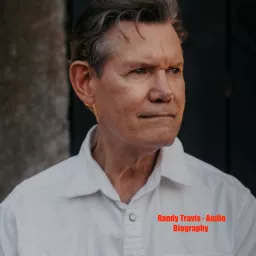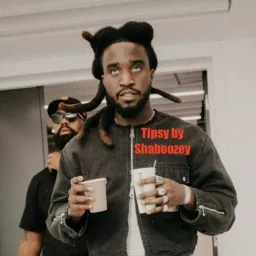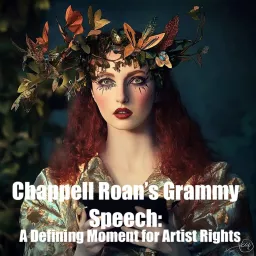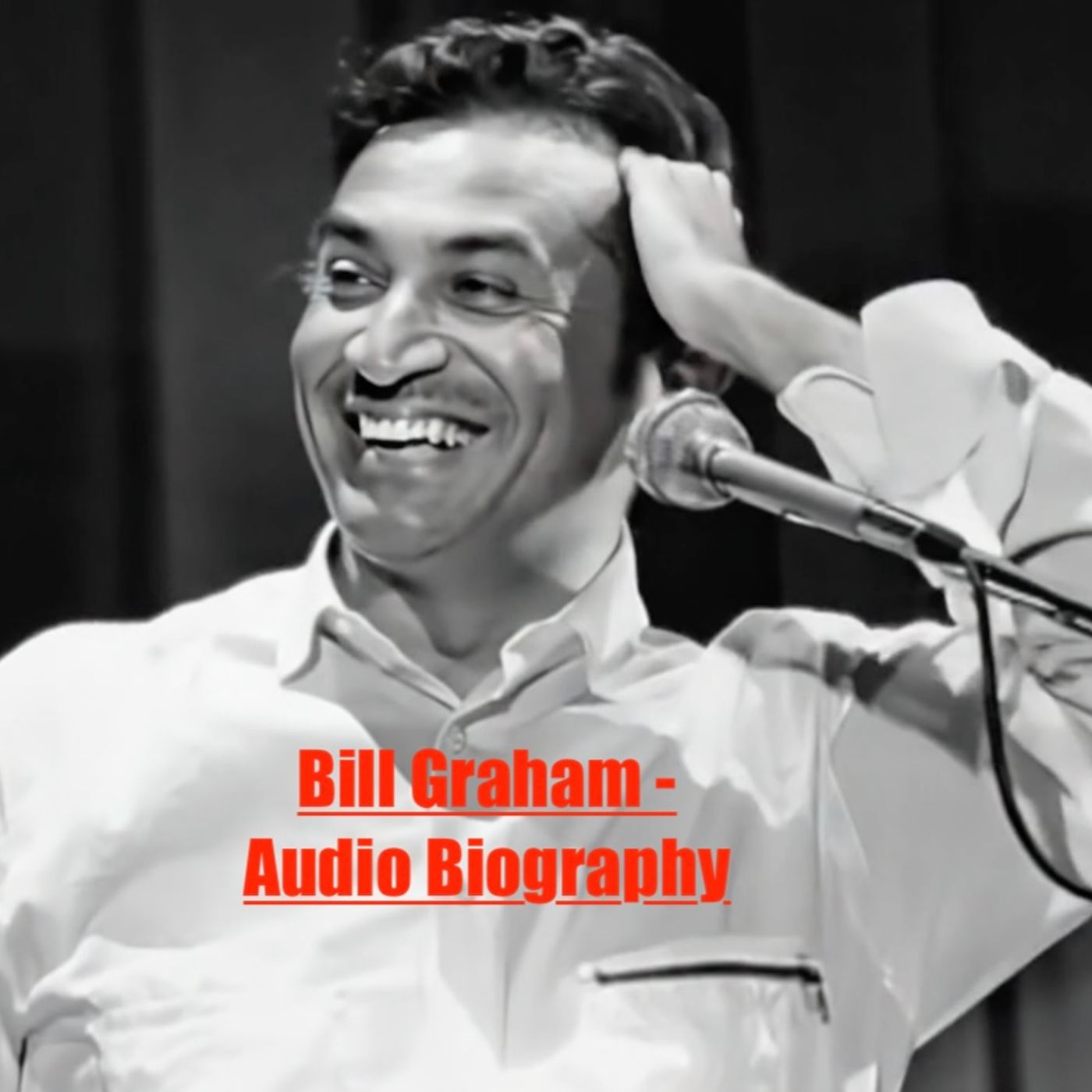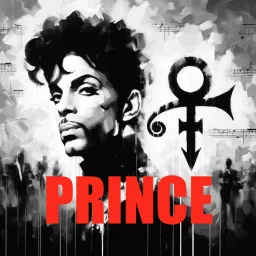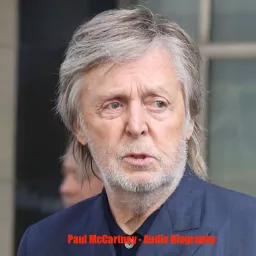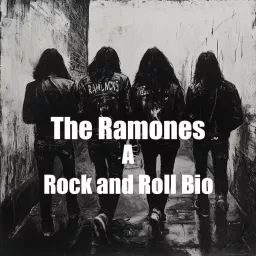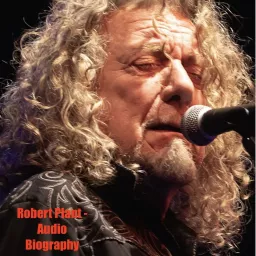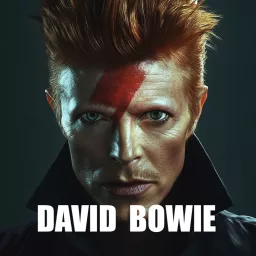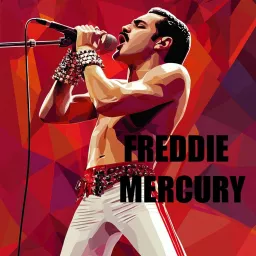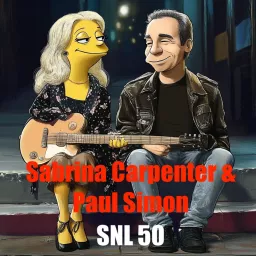Garth Hudson - Audio Biography
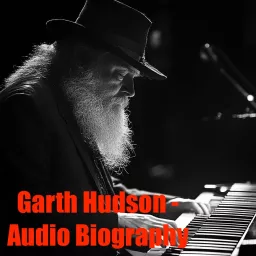
Garth Hudson was born Eric Hudson on August 2, 1937, in Windsor, Ontario, Canada. Raised in a musically inclined family, Hudson’s childhood was steeped in the rich traditions of classical and folk music. His mother, Olive, was a church organist and pianist who instilled in him a deep appreciation for the intricacies of music, while his father, Fred, was a farm inspector who also played various instruments. This combination of structured musical education and organic familial creativity provided the fertile ground for Hudson’s burgeoning talent. From an early age, Hudson showed an innate curiosity about music, mastering the piano by the age of nine and quickly moving on to instruments like the accordion and saxophone. Hudson’s formal musical education began at the University of Western Ontario, where he studied music theory and performance. There, he delved into a wide range of genres, including classical, jazz, and rhythm and blues. This eclectic mix of influences would later define his style, as he found ways to merge these seemingly disparate elements into a cohesive sound. His classical training, in particular, gave him a strong technical foundation, but it was his love for improvisation and experimentation that truly set him apart. By the time he graduated, Hudson was not just a musician but a visionary who saw music as a boundless art form. Garth Hudson’s professional music career began in the early 1960s, a time when rock and roll was still evolving and defining its identity. His talent and reputation as a versatile musician soon brought him into the orbit of Ronnie Hawkins, a rockabilly star who had gained prominence for his high-energy performances. Hudson joined Hawkins’ backing band, The Hawks, as their organist and saxophonist, a move that marked a significant departure from his classical and jazz roots. This transition was not without challenges; for Hudson, rock and roll represented a new and less formal musical landscape, one that demanded innovation and adaptability. To justify his decision to his conservative, music-loving parents, Hudson negotiated an unusually high salary for his role in The Hawks and insisted on purchasing a Lowrey organ. This instrument, which was less commonly used in rock and roll than the popular Hammond organ, would become central to Hudson’s distinctive sound. The Lowrey’s capabilities for orchestral textures and tonal versatility allowed him to experiment with new approaches to arrangement and improvisation, creating a sound that would later define The Band’s identity. Hudson’s time with The Hawks was formative, not only for him but also for the group as a whole. While performing in clubs across Canada and the United States, The Hawks began to develop a reputation for their tight musicianship and dynamic performances. Hudson’s contributions were key to this success. His ability to seamlessly blend genres—infusing rock with elements of classical music, jazz, and rhythm and blues—gave the group a unique edge that set them apart from other acts of the time. In 1964, The Hawks parted ways with Ronnie Hawkins, seeking greater creative freedom. This decision marked the beginning of their transformation into one of the most influential bands in music history. Hudson, along with Levon Helm, Robbie Robertson, Rick Danko, and Richard Manuel, formed their own group. Initially known as Levon and the Hawks, they soon gained recognition for their innovative sound and artistic vision. The group’s collaboration with Bob Dylan in the mid-1960s was a turning point. Dylan, then transitioning from acoustic folk to electric rock, faced backlash from fans who viewed his shift as a betrayal of folk traditions. The Hawks became Dylan’s backing band during this controversial period, and their electrifying performances helped redefine the boundaries of folk and rock music. Hudson’s role was particularly significant; his ability to craft lush, multi-layered arrangements provided the perfect backdrop for Dylan’s poetic lyrics and unconventional melodies. The partnership with Dylan also solidified The Hawks’ reputation as groundbreaking artists. They toured extensively, and the experience further honed Hudson’s skills as a performer and arranger. His contributions during this era were not just technical but also deeply creative, as he pushed the limits of what rock music could achieve.
As the 1960s progressed, the group now known as Levon and the Hawks underwent a transformation that would forever change the course of music history. After their time touring with Bob Dylan, the band settled in Woodstock, New York, and began focusing on their own sound and identity. They rented a house they nicknamed "Big Pink," located in West Saugerties, a setting that would become legendary in the annals of rock music. It was in this home that the group began recording a series of informal sessions with Dylan, which later became known as The Basement Tapes. These sessions not only solidified their chemistry as a band but also laid the groundwork for what would become their defining sound. In 1968, The Band released their debut album, Music from Big Pink. The album was a seismic moment in the world of rock music, standing in stark contrast to the psychedelic trends of the time. Instead of relying on elaborate studio effects and flamboyant instrumentation, The Band emphasized organic, roots-driven music that drew from American folk, blues, gospel, and country traditions. Garth Hudson’s contributions to the album were immense, as his mastery of the Lowrey organ and other instruments added depth, warmth, and complexity to the tracks. One of the standout songs on Music from Big Pink was "Chest Fever," which opens with an unforgettable organ solo that showcases Hudson’s improvisational brilliance. His ability to weave classical influences into a rock framework was unparalleled, and the song became a signature piece for The Band. Other tracks, such as "The Weight," further demonstrated the group’s knack for storytelling and intricate arrangements, with Hudson’s work often serving as the glue that held the diverse elements together. By the time they released their self-titled second album in 1969, The Band had firmly established themselves as one of the most innovative and respected acts in music. The album, often referred to as The Brown Album, featured songs like "Up on Cripple Creek" and "The Night They Drove Old Dixie Down," both of which became iconic. Hudson’s contributions on this album were as pivotal as ever. His use of the clavinet on "Up on Cripple Creek," processed through a wah-wah pedal, created a funky, swampy sound that was groundbreaking at the time. Hudson’s role in The Band went beyond his technical prowess. He was often referred to as the "teacher" of the group, a nod to his extensive musical knowledge and his role in arranging and shaping their songs. He was the band’s secret weapon, the quiet genius whose contributions elevated their work to an entirely new level. His ability to incorporate a vast array of influences—ranging from classical fugues to gospel hymns—into their music gave The Band a timeless quality that continues to resonate with listeners. While Hudson’s contributions to The Band’s studio recordings were monumental, his live performances were equally captivating. The group’s concerts were known for their raw energy and emotional intensity, and Hudson’s improvisational skills often took center stage. His extended organ solos, particularly during songs like "The Genetic Method," became legendary, leaving audiences in awe of his technical mastery and creative vision. By the early 1970s, The Band had cemented their status as trailblazers in the music world. They released several more acclaimed albums, including Stage Fright and Cahoots, each of which featured Hudson’s innovative arrangements and multi-instrumental talents. However, the pressures of fame, relentless touring, and internal tensions began to take their toll on the group. In 1976, The Band decided to disband, and they marked the occasion with a farewell concert at San Francisco’s Winterland Ballroom. This event, known as The Last Waltz, was a star-studded affair that featured performances by some of the biggest names in music, including Bob Dylan, Eric Clapton, and Joni Mitchell. Martin Scorsese captured the concert in a documentary film of the same name, which remains one of the most celebrated concert films of all time. Hudson’s performance during The Last Waltz was a testament to his enduring brilliance, as he delivered powerful renditions of his signature pieces and collaborated with the event’s many guest artists. After The Band’s farewell concert in 1976, Garth Hudson embarked on a new chapter in his career. While The Band would reunite in the 1980s without Robbie Robertson, Hudson’s focus shifted toward collaborations, solo projects, and a continued exploration of his unique musical sensibilities. Freed from the structure of a full-time band, Hudson immersed himself in a wide range of creative endeavors that showcased his versatility and deep understanding of music. Hudson’s collaborations were as diverse as his musical influences. He worked with an array of artists across genres, lending his distinctive sound to projects that spanned rock, folk, jazz, and experimental music. One of his most notable collaborations was with Leonard Cohen, whose poetic lyricism found a perfect complement in Hudson’s atmospheric arrangements. Similarly, he contributed to projects by Van Morrison, showcasing his ability to adapt his organ and piano skills to a wide variety of musical contexts. During the 1980s and 1990s, Hudson’s reputation as a session musician and arranger grew. He became a sought-after collaborator, valued for his ability to enhance any recording with his intricate arrangements and instrumental expertise. His work with the Irish rock band The Call on their critically acclaimed album Reconciled is often cited as a
